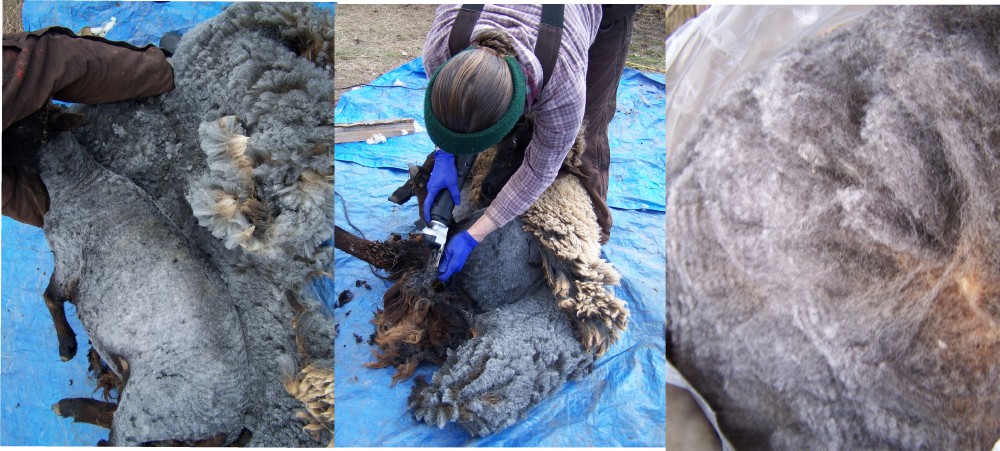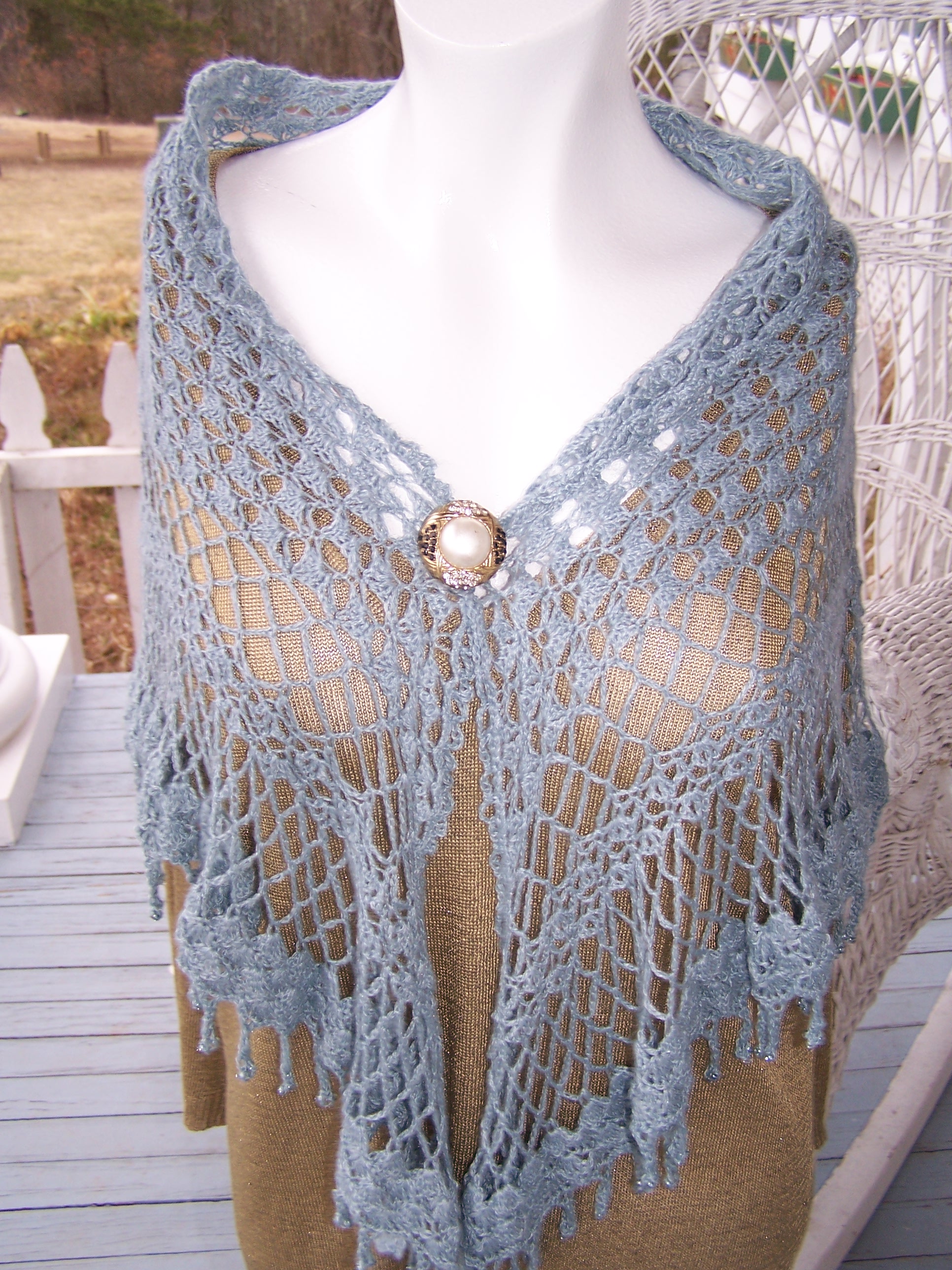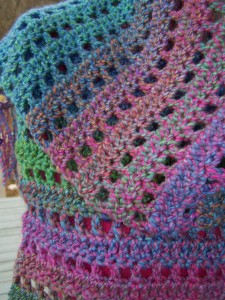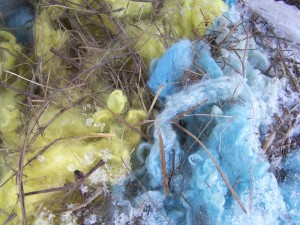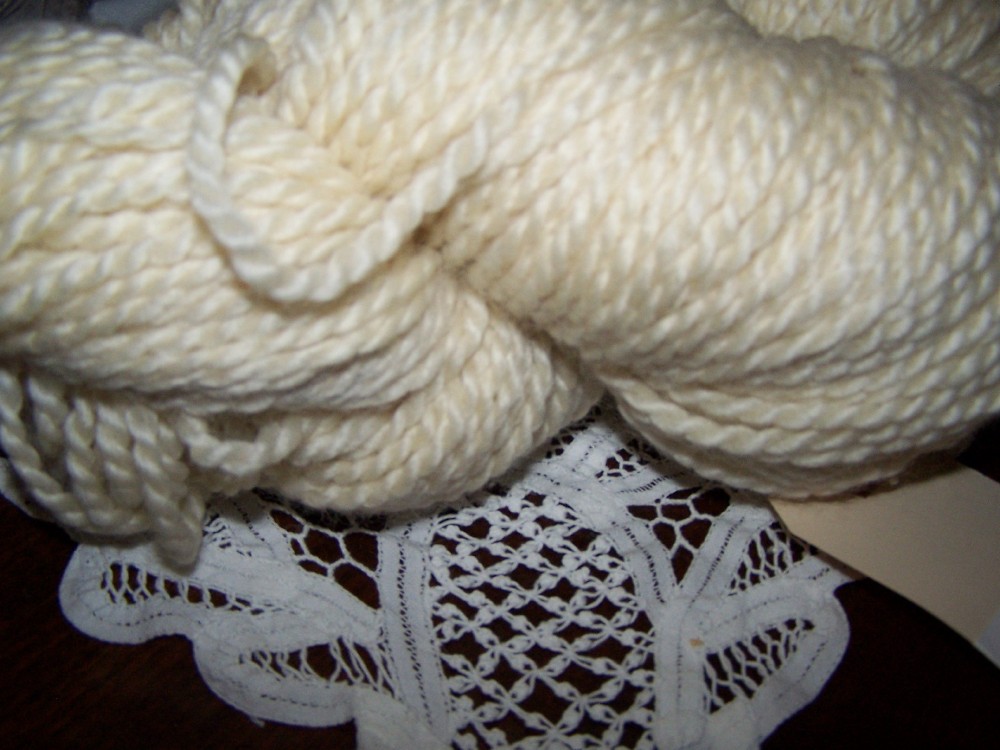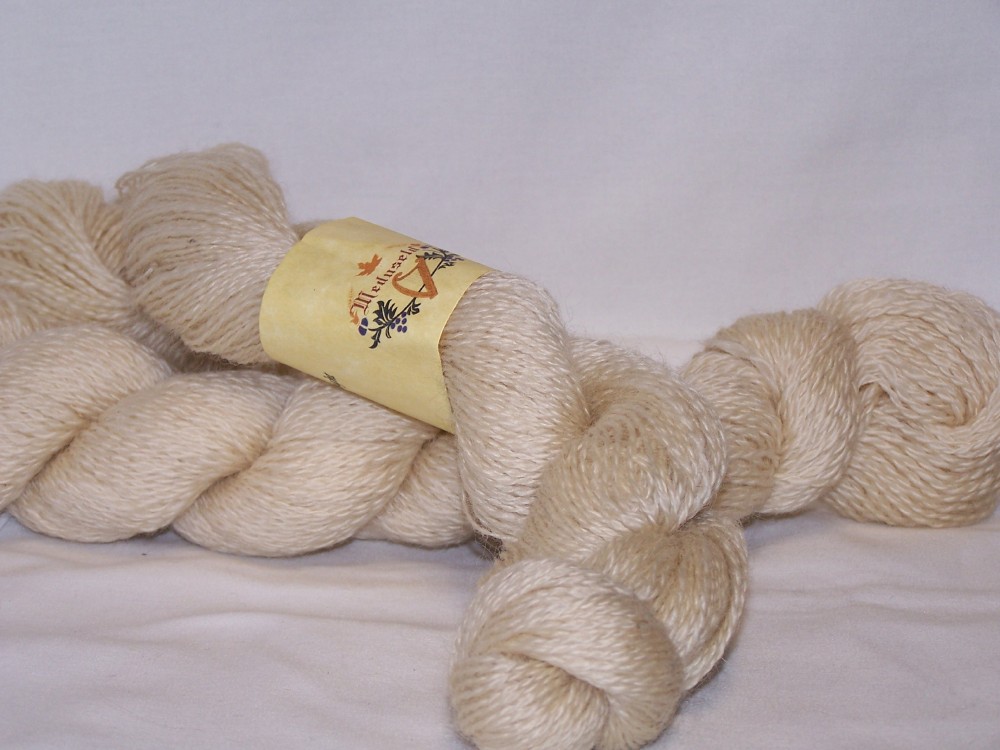Shearing Day 2013
Happy Easter!
Thursday we had our sheep shorn, an annual event. Our front porch is covered with labeled bags of wool, each containing the name of the sheep that provided it. This year, we were able to have Rachel Summers of the Crowfoot Farm come out and shear and I have never been as happy before with the professionalism of the shearer!
Rachel and her husband, Kevin, run Crowfoot Farm, and I encourage you to go to the link. They raise quality GMO-free broiler chickens and free-range heritage turkeys. We had the privilege of being able to visit their farm and we were totally impressed with the way that they raise the animals. They raise several breeds of endangered heritage breeds and their blog is filled with information on their farm. The turkeys truly were free-range, and the chickens are in moveable pens so that they are in fresh forage areas. In addition, Rachel and Kevin go to great lengths to make certain that the feed is GMO-free. If you are in the area, its worth a trip in order to stock up your freezer.
Rachel learned her shearing skills from a great shearer, and since she is also a spinner, she understands the importance of ending up with a nice fleece. She left us with no second cuttings. Second cuttings come from where the shearer passes over the same area twice, and this leaves short pieces of wool that cannot be spun and that tend to leave little nubs or bumps if inadvertently spun into the yarn. The second cuttings have to be meticulously removed from the fleece, but in this case there are virtually none.
As a true professional, she cut the fleeces away from each sheep and it fell away in one large fleece. This makes for easy “skirting,” a process where we lay the fleece out and remove sections of the wool that are dirty, or that do not yield nice yarn, such as the legs and neck. By the time a fleece is skirted, only the best parts of it are ready for processing, whether it be for roving, yarn, batts, etc. The portions that are removed can be used for mulching garden beds or just thrown away. I have read that these pieces used to be used for insulation, but I seriously doubt that would pass building code these days.
As each fleece peels away from the sheep I judge it for the type of yarn that it will make. Factors that influence this decision include crimp, fiber length, sheen, and fineness. I have sheep whose fleeces I always designate for the same type of yarn, especially if I have found good results in the past. Royal, for example, is the source of those shiny skeins of Romney fingerling, and Clarabelle is the source of the buttery soft wool that I blend with Alpaca to make the brown bulky yarn that I can’t keep in stock.
In the last twenty-four hours we have had more baby lambs, including from our largest ewe, Henrietta. Here is a picture of one of our dorset down ewes with twins she had. This photo was taken just after she had them and they have still not been completely cleaned off by their mother.
I have also finished another shawl for our store, this time made out of Meduseld’s Romney Fingerling weight yarn. It is a reversible shawl with a beaded crocheted fringe. You can find it in our store here.



